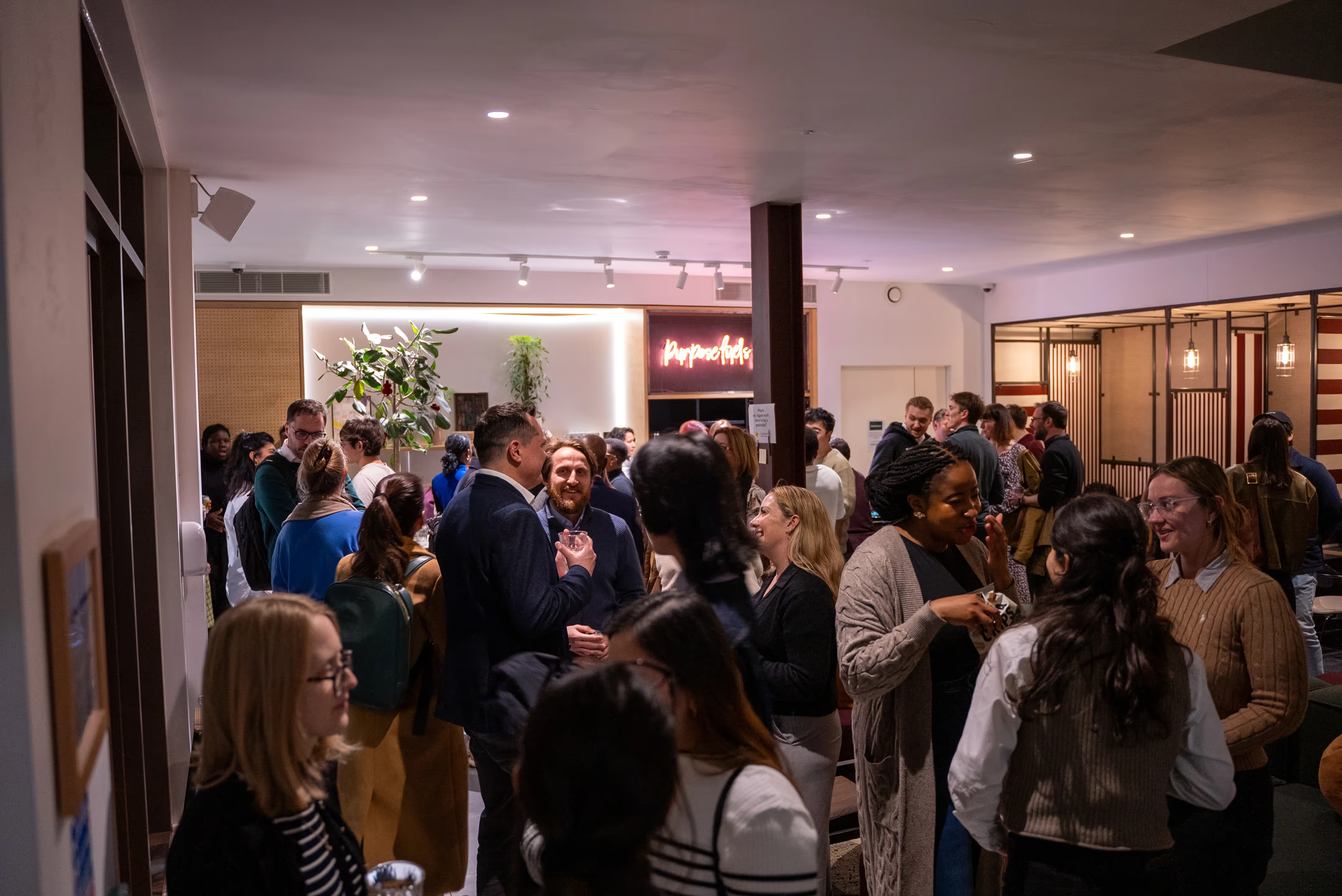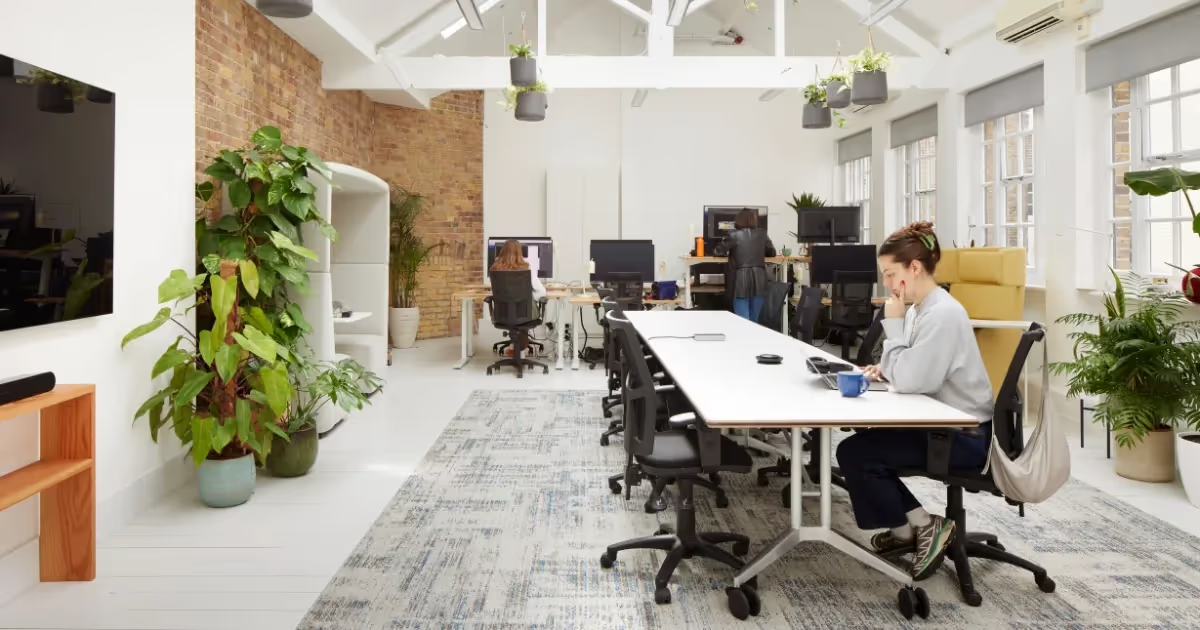As the shifts caused by the COVID pandemic lead to a mass exodus of both people from major cities and stores from major high-streets, could the future be about to get a lot more digital and flexible, but also personal? One problem that businesses struggle with as they expand and reach x growth, is maintaining their intimate customer relationships. This has caused some tech giants to step in and leverage the digital trail to disrupt the way goods are produced , while honing in on more specific needs and building closer customer relationships.
As the shifts caused by the COVID pandemic lead to a mass exodus of both people from major cities and stores from major high-streets, could the future be about to get a lot more digital and flexible, but also personal?
{{divider}}
One problem that businesses struggle with as they expand and reach x growth, is maintaining their intimate customer relationships. America has 24 square feet of retail space per person, which is 3 times as much as Britain, and 6 times as much as China. Just as we transitioned via the industrial revolution, we are entering a new phase of growth.
{{divider}}
Personalising Pennies: No One-Size-Fits-All
{{divider}}
When Nike launched their first sports shoe store in Santa Monica, it soon garnered a cult following. This was back in the days when store clerks knew their customers like their neighbours. In the same way that a patient might attend a local doctor, the Nike employee was every local runners confidant, guide and supporter.
{{divider}}
This was a time when shoes were placed on feet, one runner at a time. Expansion requires middle men, making this impossible to replicate at scale. However, Nike's “direct to consumer” market makes up 40% of its revenue. Whereas stores were once physical, they are now virtually entirely online.
{{divider}}
While it can be applied to almost every other industry, from the rise of the flexible workspace, to the increase in the role of personalised medicine, ‘one-to-one’ is shorthand for the upheaval being seen across the board. The consumer has never had so many things to buy, or ways in which to purchase them.
{{divider}}
New forms of communication via social media, messaging services and apps have brought producers and consumers closer together. The aggressive pursuit of data means that manufacturers sometimes know customers even better than they know themselves. Products are now delivered directly to the doorstep, and the middleman is increasingly being squeezed out.
{{divider}}
During the COVID pandemic, e-commerce growth reached levels that had been expected to take years, in a matter of months. Just as one man's trash is another man's treasure, one man's loss may be another's gain. As bricks and mortar retailers started to close, the online community thrived. Early on in the lockdown, Nike hit their 2023 target of selling 30% of its goods online.
{{divider}}
New cohorts of silver-spenders that were previously tech-shy, have been most pressed to move online. However, just as with the non-existent death of the office, neither has high street retail completely died a death. The physical world will be the phoenix of the experiential, with Nike already having inaugurated its flagship “interactive store” on Paris's Champs-Élysées last year.
{{divider}}
Similarly, in the cities first retail-to-office conversion, x+why will soon be settling into The Grafton shopping centre in Cambridge. With founder Rupert Dean keen to demonstrate how the property industry can make use of Class E and sustainably repurpose retail space, in order to breathe new life into Britain’s high street.
{{divider}}
This data-driven growth will disrupt not only marketing, but production and spending. When Nike noticed that traffic on its apps were showing more people doing yoga, it quickly produced new yoga gear to meet demand, turning data into designer in a fraction of the time it would normally have demanded.
{{divider}}
The Retail Revolution: From Push To Pull
{{divider}}
The first retail revolution occurred in the Elizabethan era. Craftsmen traded one-to-one with customers, until setting up the first shops to peddle other people's wares for a mark-up. Later, the industrial revolution was a new system production that a growing number of working-class shoppers could afford. The set-up is familiar to many today - mass production supports mass consumption.
{{divider}}
The digital revolution, turns that model on its head. The move is towards a consumer-driven "pull" system, rather than a producers' "push" one. Today more than ever, the customer is king. Whereas developed countries are closing down their old models to make way for the new, rising stars in the developing world are finding they've had a head-start.
{{divider}}
In China, they had already embraced e-commerce over the high-street on a much larger scale. The ubiquity of smartphones, shortage of attractive shopping centres, and high urban density cuts the cost of delivery. Like Nike, some Chinese tech firms are taking advantage of the digital trail to change the way goods are produced, even inventing high-tech ways to improve fruit and vegetable yields.
{{divider}}
An amalgamation of the offline and online worlds is widely referred to as an "omnichannel" future. While this presents huge benefits to consumers, major challenges still exist for retailers. They have to pay not only for the costs of their stores, but also for digital "rent" garnering greater eyeballs. They must not only pay for delivery, but also allow customers to pick goods up in their shops. And they face a growing nightmare of processing returns that now cost them more than a trillion globally every year.
{{divider}}
The major challenge facing many industries, is avoiding a race to the bottom. Increasing demand for higher quality at lower prices means anyone but the largest sellers struggles to remain profitable. Emerging entrepreneurs must increasingly find ways to stand up to, and even overcome the supremacy of the digital autocracy.
{{divider}}
Role Reversal
{{divider}}
While the consumer space seems to be becoming increasingly individual and personalised, the supply side may be becoming increasingly monopolised, as independent retailers find it increasingly difficult to compete. However, as history has shown, Shumpeterian disruption paves the way for the Kirznerian opportunist. Where the little guy can not only survive but thrive, is in sourcing and delivering on a uniquely valuable underserved niche.



.png)
.avif)


.avif)


.avif)
.avif)



